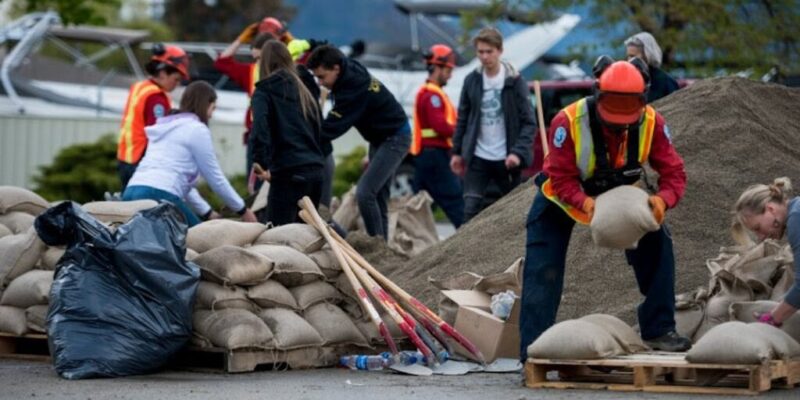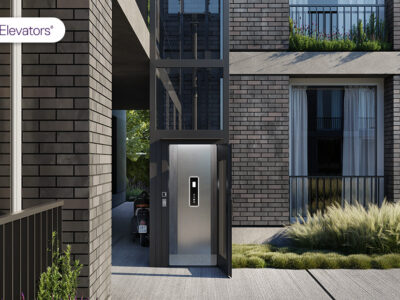Whether your condo community can withstand a disaster requires looking beyond glossy photos and amenity lists. While a Penrith Brochure might showcase beautiful common areas and floor plans, the financial resilience of a condominium association remains invisible, primarily to prospective buyers without proper investigation. Natural disasters, major system failures, and unexpected structural issues can devastate unprepared communities, forcing owners to face special assessments that sometimes reach tens of thousands of dollars per unit. Smart buyers investigate financial preparedness before purchasing, saving themselves potential heartache and financial strain.
Reserve study insights
A professional reserve study provides the clearest picture of a community’s financial health. This document analyses all common elements—from roofs to elevators to swimming pools—and calculates their remaining useful life and replacement costs. It then recommends appropriate funding levels to handle these predictable expenses. Request the association’s most recent reserve study and check its date—studies older than three years may not reflect current conditions. Pay special attention to the funding percentage; experts recommend that associations maintain at least 70% of recommended reserves. Lower percentages indicate an increased risk of special assessments when components fail or disasters strike.
Insurance coverage
- Master property insurance with adequate building replacement values
- Flood and earthquake coverage if geographically relevant
- Directors and officers’ liability protection
- Fidelity bonding to protect against embezzlement
Quality insurance forms the first line of defence against catastrophe. Ask for the association’s insurance certificates and policy summaries, then compare coverage limits against replacement costs. Many communities remain dangerously underinsured, particularly in high-value real estate markets where construction costs have soared. Check whether deductibles seem reasonable given the association’s reserve funds. Higher deductibles lower premiums, but more cash is required when claims occur. Also note exclusions—many standard policies now exclude previously covered perils.
Cash reserves
Healthy associations maintain substantial cash reserves separate from operating funds. These reserves are cushions against unexpected expenses and bridge financing gaps while insurance claims proceed. Review the association’s balance sheet to find total reserve funds, then divide by the number of units to calculate per-unit reserves. Higher numbers indicate better disaster preparedness. Ask whether reserves are held in FDIC-insured accounts or conservative investments that remain accessible during emergencies. Some communities unwisely invest reserves in vehicles that could lose value when funds are needed most.
Assessment history
- Frequency of special assessments in the past decade
- Average amount per unit for previous assessments
- Specific projects or emergencies that prompted assessments
- Whether assessments resulted from poor planning or genuine surprises
Remarkable assessment history reveals how the association handles major expenses. Communities with multiple past assessments likely follow a reactive rather than a proactive financial approach. Request board meeting minutes from recent years to understand how economic decisions are made. Look for consistent discussions about reserves and maintenance planning rather than crisis management. Communities that regularly adjust monthly dues to meet inflation and building needs typically fare better than those keeping dues artificially low while deferring maintenance.
During your inspection period, have your realtor arrange an interview with a board member or management company representative focused on financial preparedness. Ask direct questions about how the community would handle various disaster scenarios. Their answers—both the content and the confidence they respond—will tell you much about actual preparedness.











Comments